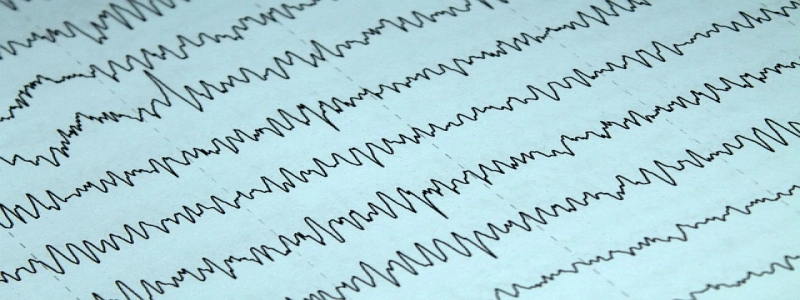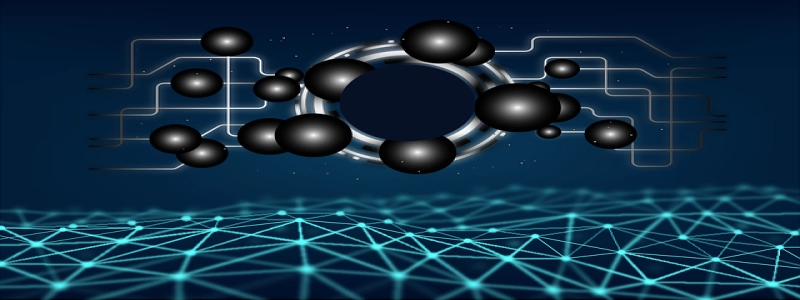Difference Between Cat5 and Cat6 Ethernet Cable
Introdução:
Ethernet cables are essential in networking for connecting devices to the internet. There are different categories of Ethernet cables available in the market, each offering varying speeds and performance. Among them, Cat5 and Cat6 cables are commonly used due to their reliability and versatility. In this article, we will discuss the differences between Cat5 and Cat6 Ethernet cables.
EU. Cat5 Ethernet Cable:
A. Speed and Performance:
1. Cat5 cables are capable of transmitting data at a maximum speed of 1000 Mbps (1 Gbps).
2. They are suitable for basic networking needs and can handle standard internet usage.
3. No entanto, they may struggle with heavy data transfer tasks and high-bandwidth applications.
B. Construction and Specifiations:
1. Cat5 cables consist of four twisted pairs of copper wires.
2. They have a maximum bandwidth of 100 MHz.
3. These cables are available in both shielded (STP) and unshielded (UTP) versions.
C. Usage and Applications:
1. Cat5 cables are commonly used for home networks, small office networks, and low-demand commercial networks.
2. They are ideal for connecting computers, printers, and other devices to routers and switches.
II. Cat6 Ethernet Cable:
A. Speed and Performance:
1. Cat6 cables offer faster data transmission speeds compared to Cat5 cables.
2. They can transmit data at a maximum speed of 10 Gbps over shorter distances (up to 55 meters).
3. Cat6 cables are suitable for high-bandwidth applications and demanding network environments.
B. Construction and Specifications:
1. Cat6 cables also consist of four twisted pairs of copper wires.
2. They are designed with stricter specifications, including improved insulation and reduced crosstalk.
3. Cat6 cables have a higher bandwidth of 250 MHz.
C. Usage and Applications:
1. Cat6 cables are typically used for larger office networks, data centers, and enterprise-level applications.
2. They are ideal for connecting servers, switches, and other network devices that require high-speed data transfer.
Conclusão:
In summary, Cat5 and Cat6 Ethernet cables have significant differences in terms of speed, performance, construction, and usage. While Cat5 cables are more suitable for basic networking needs, Cat6 cables are designed to meet the demands of high-bandwidth applications in modern network environments. When choosing between the two, it is essential to consider factors such as the required data speed, distance, and the specific application to ensure optimal network performance.








